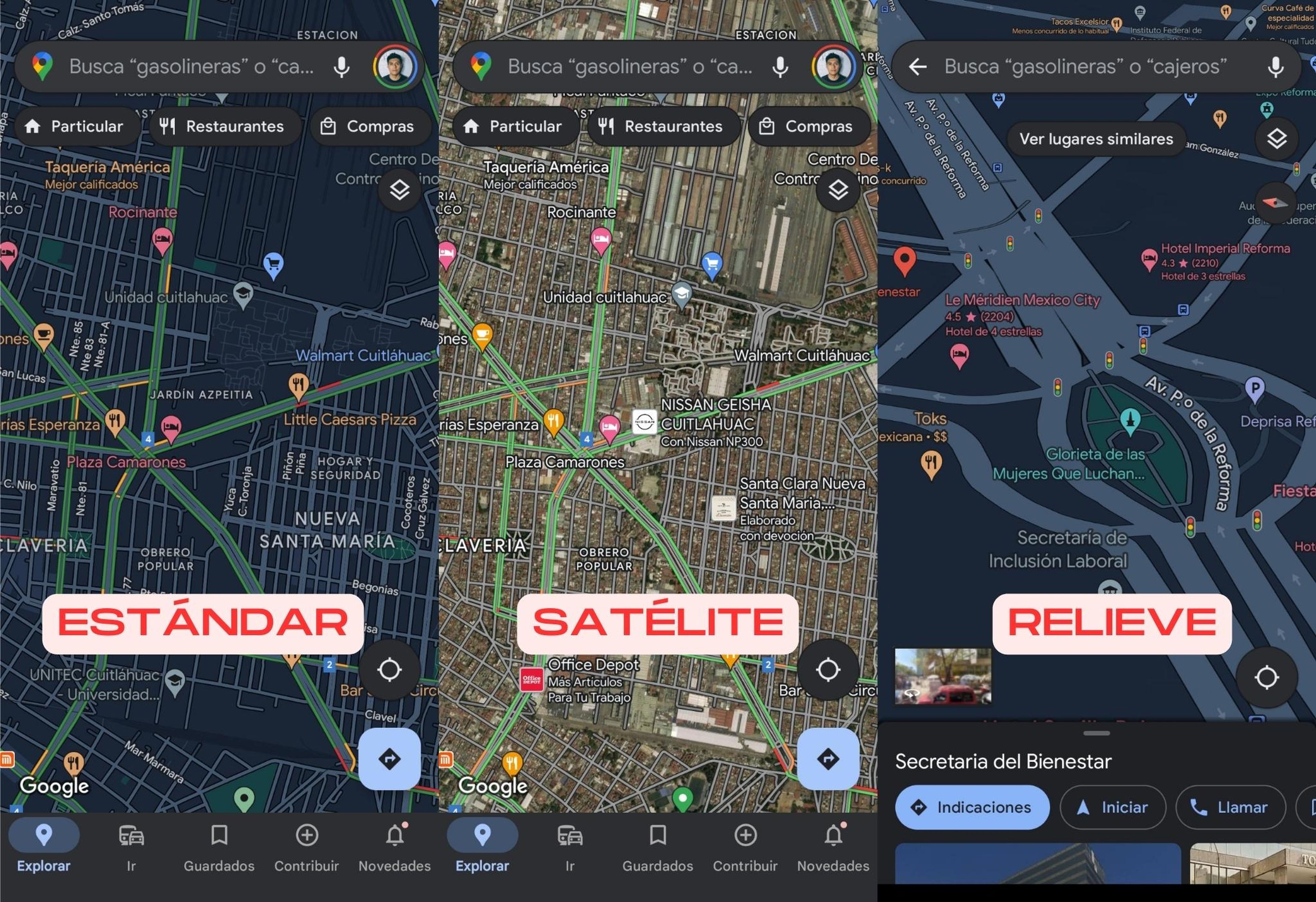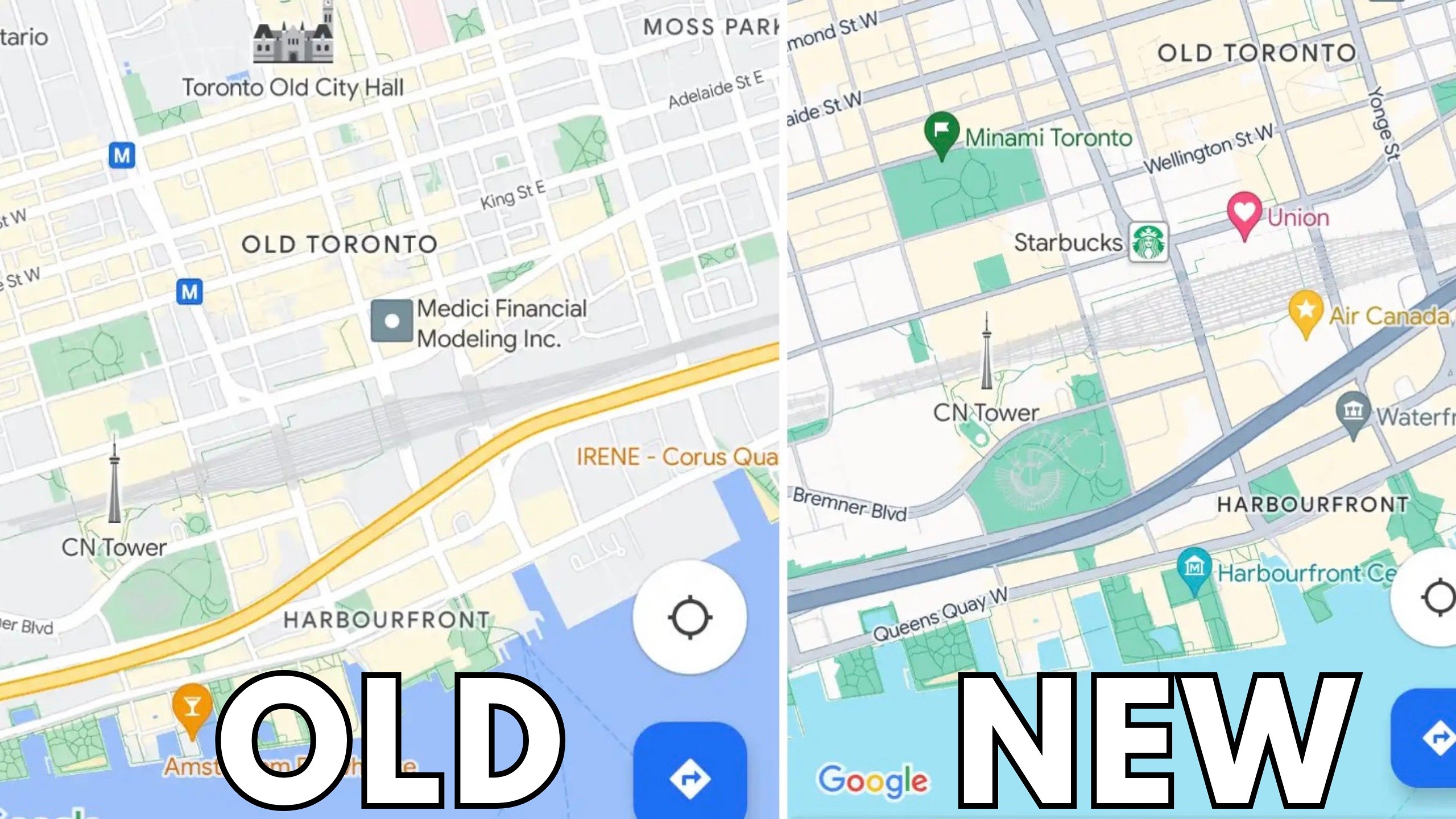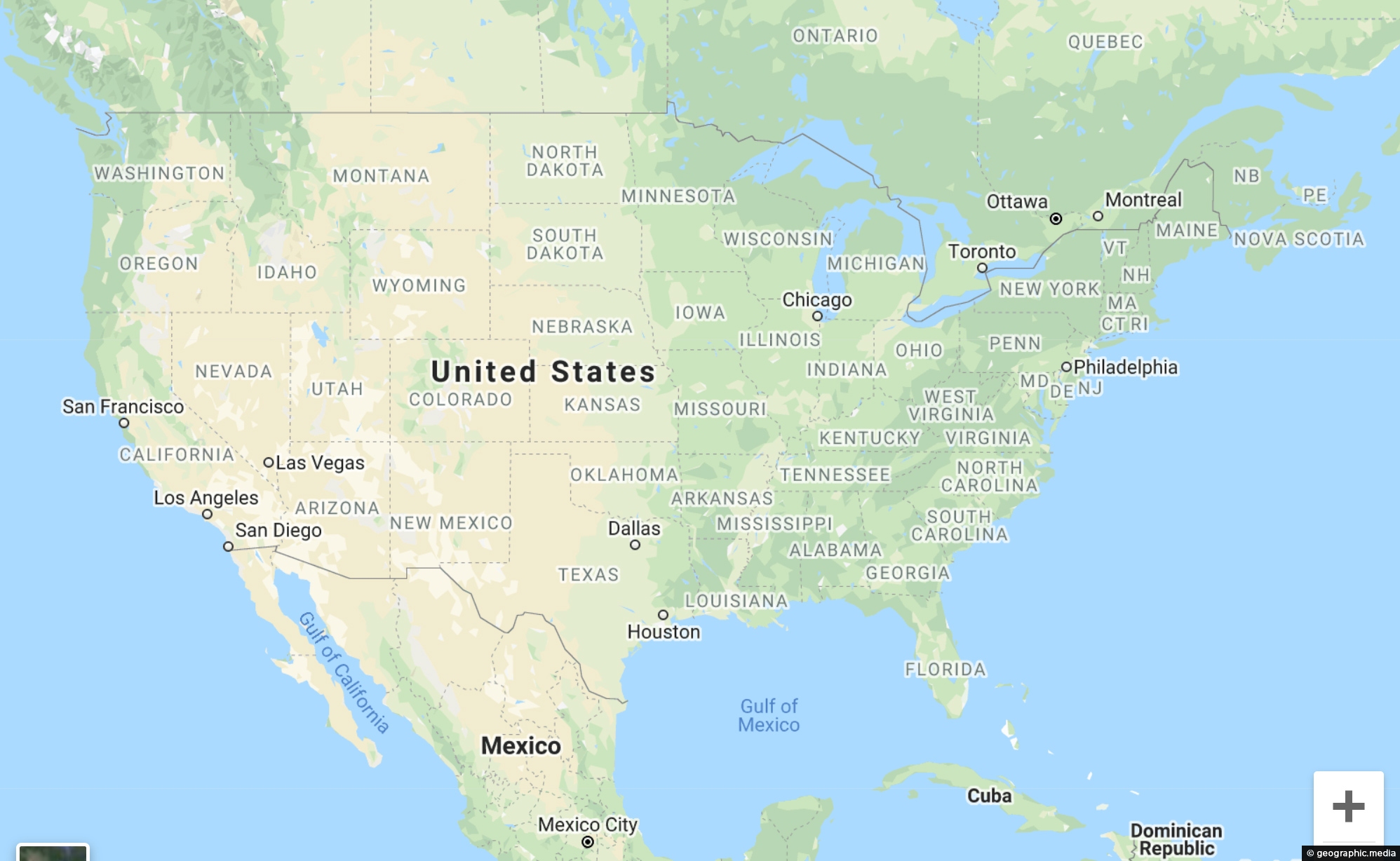
Imagine standing at a familiar national park vista, the grandeur of the landscape stretching before you. Now, imagine overlaying that view with an invisible map, one that reveals layers of history, culture, and sovereignty that predate the park’s establishment by millennia. This is the profound shift in perspective that occurs when you travel with maps showing Native American territories by tribe – not just as historical curiosities, but as living guides to understanding the land beneath your feet.
This isn’t a review of a single location, but rather an invitation to "review" your entire approach to travel across North America. It’s about transforming a journey through scenic routes and popular attractions into an immersive educational experience, guided by the ancestral and contemporary territories of Indigenous peoples. The "place" we are reviewing is the vast, complex, and deeply spiritual landscape of a continent, viewed through an Indigenous lens.
The Map as a Portal: More Than Lines on Paper
For the modern traveler, digital tools like Native Land (native-land.ca) or detailed historical maps from institutions like the Smithsonian or Library of Congress become indispensable. These aren’t just static images; they are portals to understanding. They show the vast, often overlapping, territories of hundreds of distinct nations, speaking to a rich tapestry of languages, spiritual beliefs, and land management practices that shaped the continent long before colonial borders were drawn.

When you consult these maps, a seemingly generic "wilderness area" suddenly becomes the ancestral hunting grounds of the Cheyenne, a serene lake the sacred fishing waters of the Ojibwe, or a majestic mountain range the spiritual heartland of the Diné (Navajo). This immediate connection grounds your travel in a deeper reality. It prompts questions: Who lived here? What stories does this land hold? How can I experience this place respectfully, acknowledging its original custodians?
Journeying Through Ancestral Lands: A Call to Deeper Engagement
Traveling with this awareness transforms a passive observation into an active dialogue with history and culture. It shifts the focus from merely "seeing" to "understanding" and "respecting."
1. On Tribal Lands and Reservations:

The most direct way to engage is by visiting federally recognized tribal nations on their own lands. Many reservations, often vast and geographically significant, welcome visitors. This is where the maps are most explicitly helpful, delineating the sovereign territories where tribal laws, customs, and economies flourish.
-
The Southwest (Navajo Nation, Hopi, Zuni): The American Southwest is perhaps the most visually striking example. The Navajo Nation, the largest reservation in the U.S., spans over 27,000 square miles across Arizona, Utah, and New Mexico. Here, a map isn’t just a guide; it’s an introduction to a distinct country within a country. Travelers can visit iconic sites like Monument Valley (Tsé Biiʼ Ndzisgaii), Canyon de Chelly, or the Navajo Code Talkers Museum, often with tribal permits or guided tours led by Diné people. The ancient Hopi mesas, perched like fortresses, offer a glimpse into one of the oldest continuously inhabited communities in North America, while the Zuni Pueblo is renowned for its vibrant arts and crafts. Here, engaging with the land means engaging directly with the people, supporting their businesses, and respecting their profound spiritual connection to their homeland. The maps underscore the immense scale and cultural integrity of these nations.

-
The Pacific Northwest (Coast Salish, Nez Perce): Moving north, the intricate waterways and lush forests of the Pacific Northwest reveal a different kind of territorial mapping. The Coast Salish peoples, for example, historically managed vast stretches of coastal areas and islands from British Columbia down through Washington State, with distinct tribes like the Lummi, Suquamish, and Squaxin Island nations. Maps here reveal a deep connection to salmon, cedar, and canoe culture. Visitors can explore tribal museums, attend cultural festivals, or take guided fishing trips or canoe tours that offer Indigenous perspectives on the ecosystem. Further inland, the Nez Perce (Nimiipuu) territory, now largely encompassed by national forests and parks in Idaho, Oregon, and Washington, tells a story of incredible resilience and a profound connection to their traditional homelands, particularly the Wallowa Valley. Understanding their ancestral routes and significant sites through maps enriches visits to places like the Nez Perce National Historical Park.
-
The Great Plains (Lakota, Cheyenne, Crow): The vast expanse of the Great Plains, often romanticized as the "Wild West," is revealed through Indigenous maps as the ancestral home of powerful nomadic nations like the Lakota (Sioux), Cheyenne, and Crow. The maps show their traditional hunting grounds, migration routes, and the sacred sites that define their spiritual landscape. The Black Hills (Paha Sapa) in South Dakota, for example, are depicted on Lakota maps not just as a geological feature but as the sacred heart of their universe. Visiting places like the Pine Ridge Reservation offers insight into contemporary Lakota life, while memorials like Wounded Knee stand as solemn reminders of historical trauma. Travel here is about recognizing the enduring spirit of these nations, their connection to the buffalo, and their ongoing struggles for sovereignty and cultural preservation.

2. Within National Parks and Public Lands:
Many of North America’s most celebrated national parks and public lands are situated on ancestral Indigenous territories. Glacier National Park (Blackfeet, Salish, Kootenai), Yosemite (Miwok, Paiute), Grand Canyon (Havasupai, Hualapai, Southern Paiute, Navajo, Zuni, Hopi, Kaibab Paiute), and Yellowstone (Shoshone, Crow, Nez Perce, Blackfeet, among others) are just a few examples.
Using Indigenous territory maps alongside conventional park maps adds an invaluable layer of understanding. It allows you to recognize that the trails you hike, the peaks you admire, and the rivers you raft have been known, named, and stewarded by Indigenous peoples for millennia. Look for interpretive signs that acknowledge this history, seek out ranger programs that incorporate Indigenous perspectives, and consider visiting nearby tribal cultural centers before or after your park visit. This practice encourages a critical look at how "wilderness" was defined and who was displaced in its creation.
3. Urban Centers and "Invisible" Territories:
Even in bustling urban centers, maps revealing ancestral territories can be profoundly illuminating. Cities like Seattle (Duwamish, Suquamish), Chicago (Potawatomi, Miami, Illinois Confederacy), or New York City (Lenape) sit atop lands with deep Indigenous histories. Recognizing this helps decolonize your perception of these modern metropolises. Seek out Indigenous cultural centers, art galleries, and community events in these cities. Understanding the historical context of displacement and resilience provides a richer appreciation for the vibrant contemporary Indigenous presence in urban environments.
Ethical and Responsible Engagement: The Traveler’s Code
Traveling through Native American territories demands more than just curiosity; it requires respect, humility, and a commitment to ethical engagement.
- Respect Sovereignty: Remember that tribal nations are sovereign entities. Their laws and customs may differ from surrounding state or federal laws. Be aware of and abide by any rules or regulations posted, especially regarding photography, sacred sites, or alcohol consumption.
- Seek Permission: For specific cultural events, ceremonies, or visiting less-traveled areas, always inquire about permission. A good starting point is the tribal tourism office or cultural center.
- Support Tribal Economies: Purchase authentic arts and crafts directly from tribal members or tribally owned businesses. Dine at tribally owned restaurants, stay at tribally owned hotels, and hire Indigenous guides. This ensures your tourism dollars directly benefit the communities you are visiting.
- Educate Yourself: Beyond the maps, read books, watch documentaries, and listen to podcasts by Indigenous voices. Learn about the specific history, culture, and contemporary issues of the tribes whose lands you are visiting.
- Be a Listener: If you have the opportunity to interact with tribal members, listen more than you speak. Be open to learning and understanding their perspectives.
- Leave No Trace, Culturally and Environmentally: Practice standard Leave No Trace principles. Beyond that, be mindful of cultural "traces" – avoid disturbing historical sites, picking up artifacts, or disrespecting sacred areas.
The Transformative Power of the Indigenous Map
The journey guided by maps showing Native American territories is more than just a trip; it’s a transformative educational experience. It challenges preconceived notions of history, land ownership, and cultural identity. It reveals a continent that is infinitely richer and more complex than mainstream narratives often portray.
By consciously seeking out these Indigenous layers of the land, you become a more informed, respectful, and responsible traveler. You move beyond being a mere tourist to being a guest, an ally, and a learner. The maps, once static lines, come alive with stories, struggles, and the enduring spirit of nations who have called this land home for millennia. This approach doesn’t just review places; it reviews and reshapes your very understanding of North America itself. It’s a journey everyone should embark on, eyes wide open, heart ready to learn.
